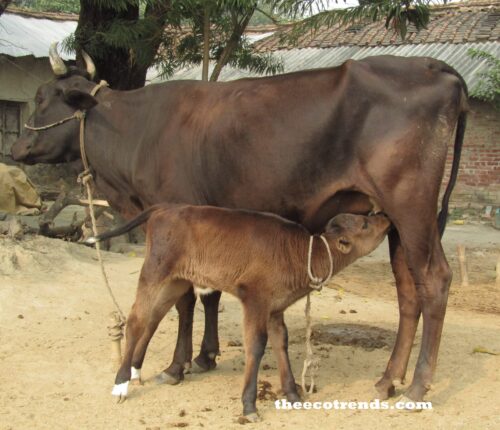Great diversities are found in terms of sexual reproduction among animals. Let us see some examples.
(i) In some unicellular animals like Monocystis both male and female organisms are similar. They produce similar sex cells. Both of these cells fuse together, to give rise to new organism. Monocystis is an internal parasite which is a protozoa and lives inside reproductive organs of earthworm.
In plasmodium or the malaria parasite both male and female organisms are quite apart. Male produces small comma shaped or coiled sperms. Female produces some big sized ova. New organism is produced after fusion of these male and female sex cells.
(ii) Multicellular animals are often of two types- Bisexual and unisexual.
Earthworm and some species of hydra are examples of bisexual organisms.
In these organisms testes mature earlier to ovary. As a result the sperm produced by an animal cannot fertilize the ovum of the same animal.
In this way we see that like some developed plants these animals too encourage cross fertilization. This is indicative of evolution.
Unisexual animals are often developed organisms for example cattle, reptiles, aves and mammals.
In these animals males produce sperms while females produce ova. Sperms fertilize ova.
The fertilization leads to formation of embryo which develops into new organisms.
(iii) Internal Fertilization and External Fertilization:
In multicellular organisms like amphibians, reptiles, birds and mammals, males and females are different. There is difference in their fertilization activities.
For example sperms of male and ova of female are released into water at the time of their copulation. Thus fertilization does not take place inside the body of the female; instead it takes place in water.
This type of fertilization is called as external fertilization.
In reptiles, aves, cattle, dog, insect and man sperms from the bodies of males are dropped inside the bodies of females through specific arrangements.
The fertilization takes place inside the bodies of females. This type of fertilization is called as internal fertilization.
After the fertilization in reptiles and aves hard coverings are developed on the eggs and eggs are released out. The parents provide their body heat to eggs by sitting on them. This process is called as incubation.
When the embryo is fully developed inside the egg the covering on egg cracks and an infant comes out. Thus, animals whose eggs are developed outside their bodies and infants come out from eggs are called as oviparous animals. This condition is called as Ovipary.
Opposite to the above in many mammals after fertilization zygote develops for a fixed period inside the body of the animal and after that comes out through the reproductive opening. This process is called as Vivipary and such organisms are called as viviparous.




